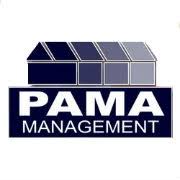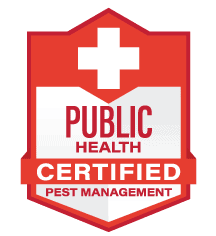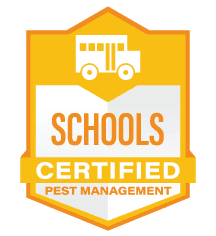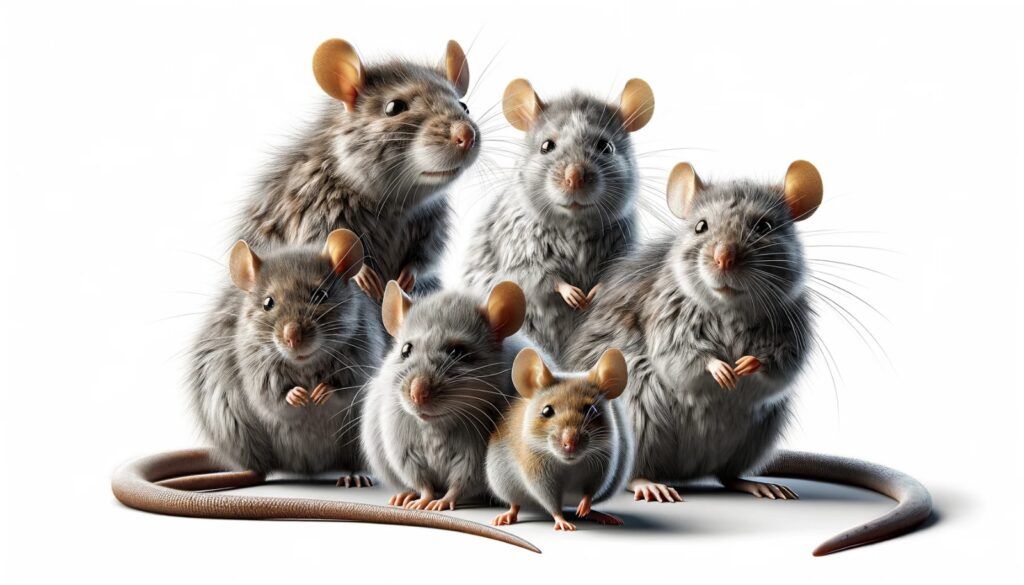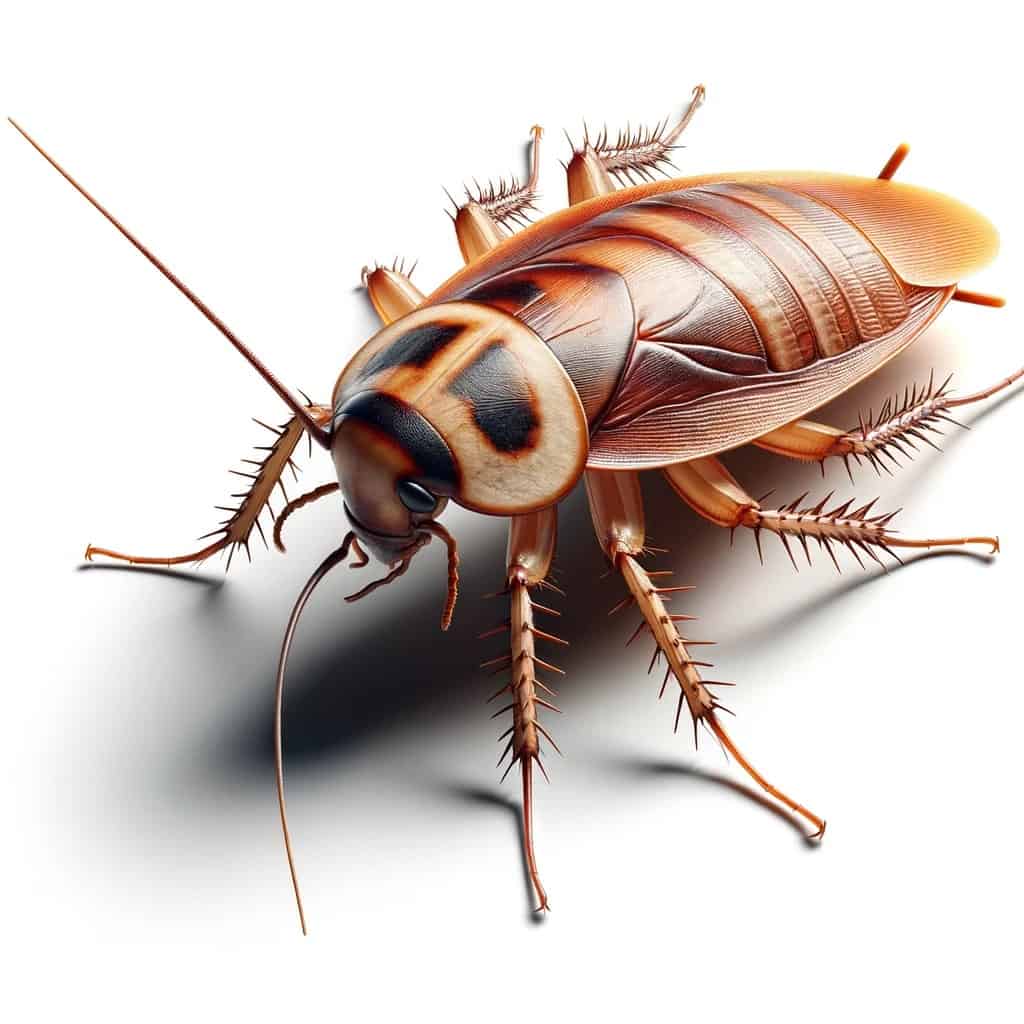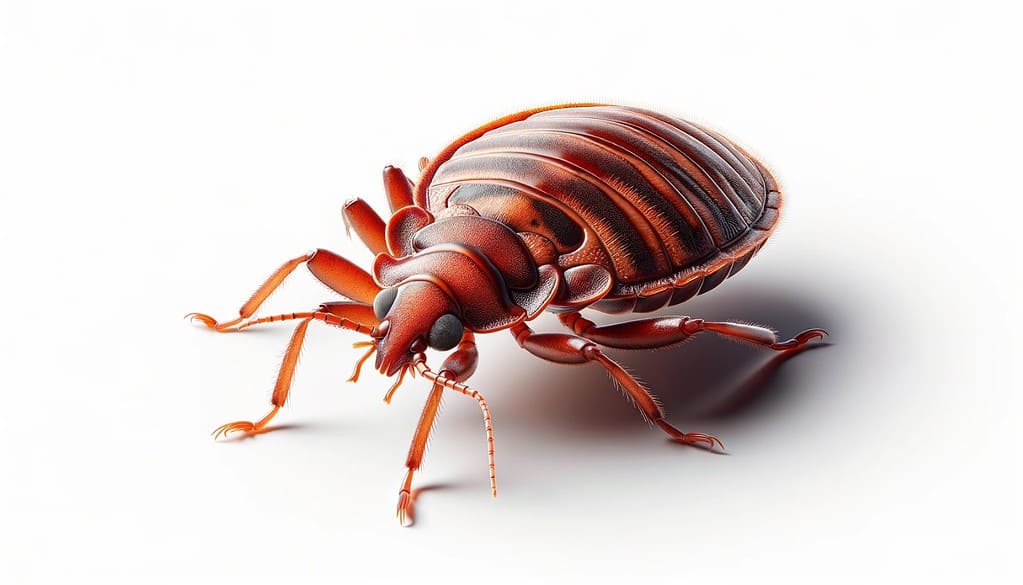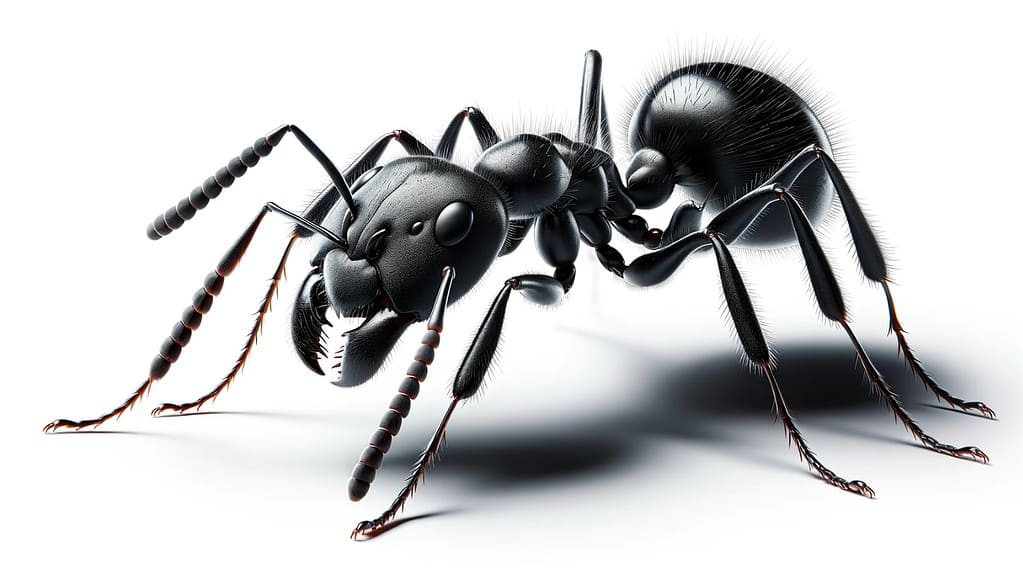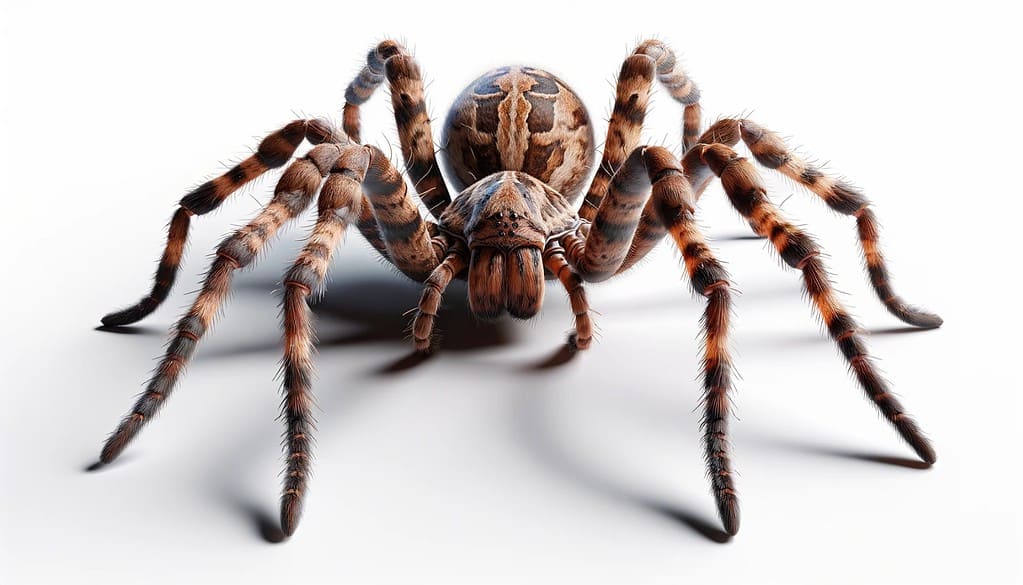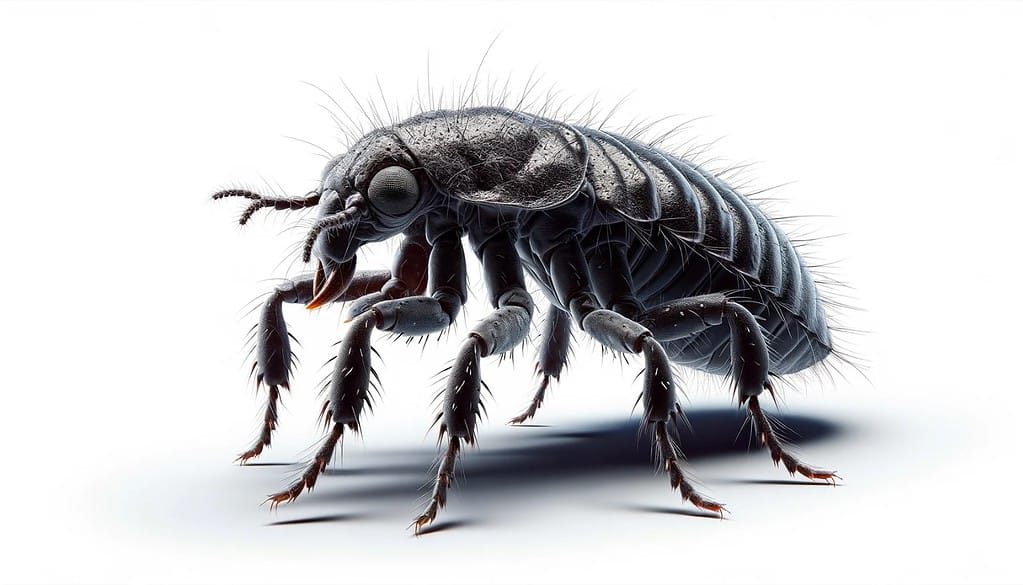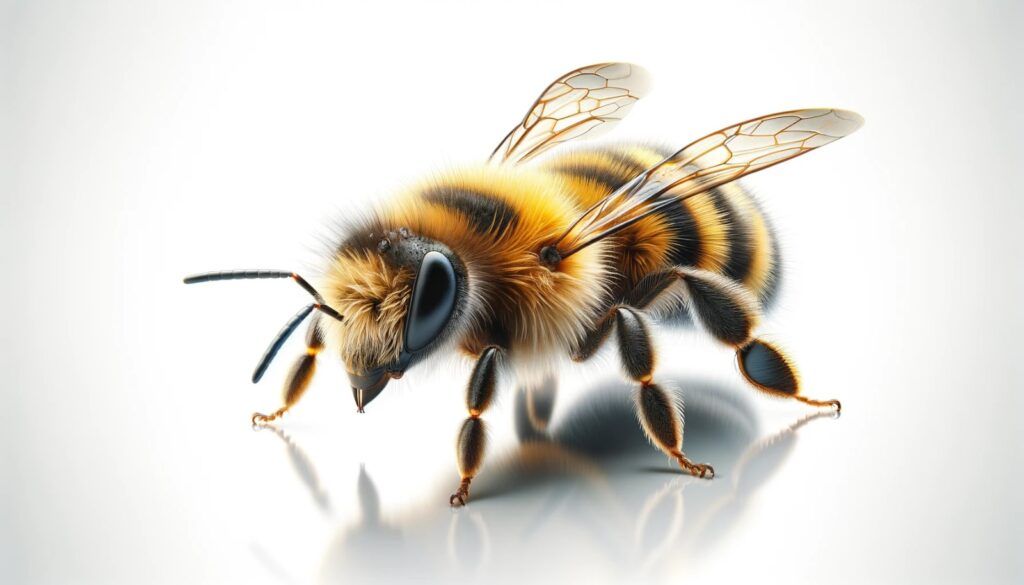Welcome to Pespro
Your Partner in
Eliminating Bed Bugs and Cockroaches
Welcome to PesPro, where we stand as your dedicated partner in the battle against bed bugs and cockroaches. Our expert team is committed to delivering comprehensive pest control solutions tailored to your specific needs. With years of experience and proven methods, we understand the urgency of eliminating these resilient pests from your home. From thorough inspections to targeted treatments, we work tirelessly to ensure your space remains pest-free. Trust us to be your ally in safeguarding your home and restoring peace of mind. Say goodbye to bed bugs and cockroaches with PesPro.
All personnel and services are oriented towards the satisfaction of our customers
-
LAURIE H ★★★★★ 2 months ago
The Pest Professionals were quick to respond to my call and they came the following day (asap); very professional … More service (as its name says). To me it was very important to have someone come as soon as possible to do an inspection and they did just that. Fortunately they did not find infestation and was able to rest assured I did not. Definitely I would use them again if needed (I hope I don’t need their services, at least not too soon)… -
erwin Q ★★★★★ 3 months ago
I’ve used this company for all my general pest inspection at my business . All I can say is that they are very … More professional , always on time, and very knowledgeable. I would definitely recommended. -
Maykoll U ★★★★★ 3 months ago
Excellent service. They ended the rosches and ants' invasion happening in my kitchen. I would a %100 recommend … More them. -
Lisett C ★★★★★ 3 months ago
I am more than satisfied with their service. My house is finally a place to bring my family and friends again now … More that those unwanted guests are out hehehe
Our clients








